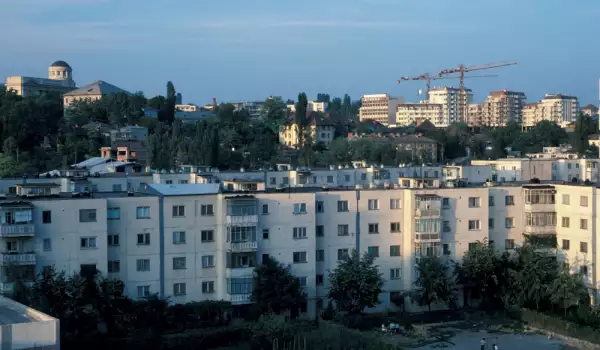Jassy

The Romanian city of Jassy is known as the cultural capital of the country. The city is located in the region Moldavia. Jassy has a population of about 309, 000 people. Jassy was acting capital of Romania for two years - from 1916 to 1918. Jassy is the seat of the county of Jassy. In the city was founded the first Romanian university, and the first engineering school. The city is known as a university city, as over seventy thousand students study there.
In the city is located the oldest theater in the country - the National Theatre, named after Vasile Alecsandri. Here is the building of the Opera and Philharmonic Orchestra of Moldova. In the city is located the oldest botanical garden in the country and the university library, again the oldest in the country.

Archaeological studies indicate the existence of human communities present in the city since prehistoric times.
For the first time the name of the city of Jassy is mentioned in a written document for commercial privileges granted by the Moldavian Prince Alexandru cel Bun, by Polish traders in the early fifteenth century.
In 1564, Prince Alexandru Lapusneanu moved in the Moldovan capital city of Jassy. At that time, the Lutheran Church and School are established. In 1640 was founded the first school in which is taught in Romanian, not Greek.
In 1513 the town was burned down by the Tatars. It was then captured by the Ottoman troops in 1513. In 1686 the city was conquered by the Russian imperial troops. Misfortunes continued to fall upon the inhabitants of the city of Jassy and in 1734 it had an outbreak of plague.
In 1792 was finished the sixth Russo-Turkish War with the signing of peace in Jassy. In 1822 the city was captured and burned by the Turks, and in 1844, it was burned again.

The city was the capital of Moldova, but with Bucharest are capitals of the United Principalities Wallachia and Moldova. In 1862 the Union of the two principalities became known as Romania. The country's capital is Bucharest. During World War I, Jassy again became the capital for two years.
In the sixteenth century Jassy had a strong presence of a Jewish community. In the mid-nineteenth century, one third of the city's population was Jewish. In the period after World War II, over thirty-eight Hilda Jews were living in the city. The town has very few Jews, but there are two active synagogues, one of which - the Great Synagogue is the oldest surviving synagogue in the country.
During the war in Jassy was killed a third of the Jewish population – from the twenty-ninth of June to the sixth of July 1941. There were over thirteen thousand people killed, many more were deported. Over five thousand Jews were put on so-called trains of death, which were with sealed wagons. Trains were traveling around the country in the hottest summer days, passengers were slowly dying of hunger, thirst and infections. In 1944 the forces of Soviet troops came and the town was partially destroyed. The city was captured by Soviet troops.
During World War II and during the communist regime, many historic buildings in the old city were destroyed.
Among the impressive buildings in Jassy are the building of the University Alexandru Ioan Cuza, built in 1897 and the city's cathedral, built with Renaissance and Baroque elements. The monastery Golia of 1564 impresses with its surviving Byzantine frescoes and monumental construction.







